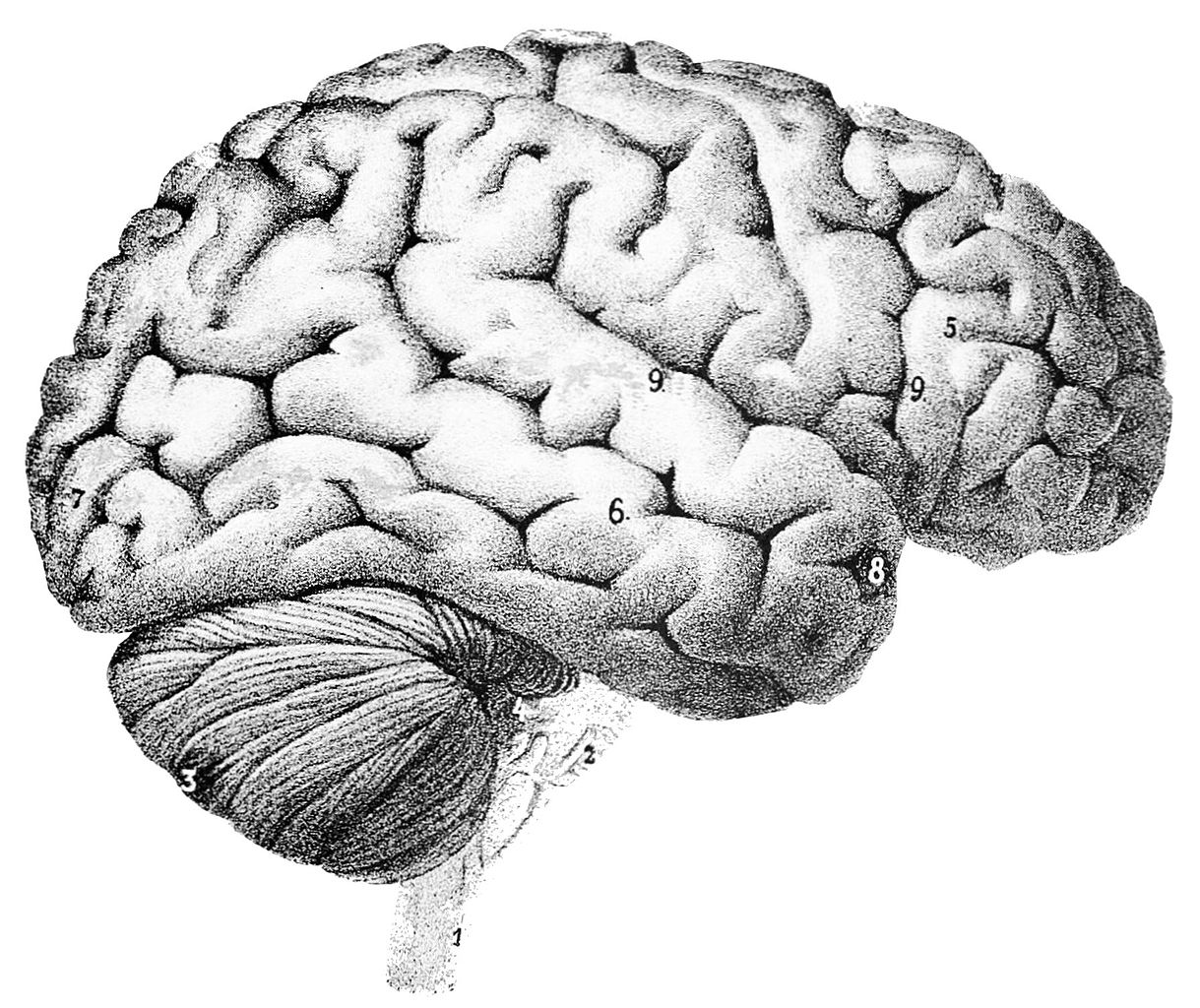By Rowena Kong
Research has noted that there are sex differences in illness onset, outcome, and the type of symptoms experienced by schizophrenic males and females. Studies have shown that schizophrenia begins at an earlier age for men (Evenson, Meier, & Hagan, 1993; Goldstein, Tsuang, & Faraone, 1989; Troisi, Pasini, & Spalletta, 2001). As a result of their earlier onset, men show less developed premorbid functioning with poorer treatment outcome, such as persistent social withdrawal and speech disturbances (Salokangas & Stengard, 1990). Men also experience more severe negative symptoms and display more structural brain abnormalities (Salokangas & Stengard, 1990; Troisi et al., 2001).
Since structural brain abnormalities are significant in men, research has investigated the feature of hypofrontality. In one study, the MRI scans of schizophrenic males demonstrated hypofrontality, particularly in decreased metabolic activity of the dorsolateral prefrontal cortex compared with non-schizophrenics (Molina et al., 2005). In this case, the drug treatment given did not help the subjects’ negative symptoms. Another study discovered overall lowered brain volume, cortical and temporal lobe gray matter volume, noticeably the left temporal lobe, which is exhibited in the schizophrenics’ poor language and verbal ability, and their significantly greater lateral and third ventricular volumes (Fannon et al., 2000). With their focus on the relationship between frontal size and symptoms, Andreasen et al. (1986) observed smaller frontal areas of schizophrenics in about 40% of the male subjects, which are likely due to reduced dorsolateral and orbital regions. Despite the weak association between low frontal sizes and negative symptoms, they found that smaller cerebral and cranial sizes were strongly related to such symptoms. Perhaps the relationship between hypofrontality and negative symptoms can be more strongly emphasized in the comparison of these symptoms with those of behavioural variant frontotemporal dementia(bv-FTD) (Ziauddeen, Dibben, Kipps, Hodges, & McKenna, 2011). Based on the proposal that “negative symptoms are a manifestation of impaired frontal lobe function”, a study produced similar pattern of scores between the schizophrenic and bv-FTD subjects on measurements of negative symptoms.
Indeed, there are remarkable similarities between the negative symptoms of schizophrenia and behavioural variant frontotemporal dementia (bv-FTD) syndrome. Ziauddeen et al. (2011) reported that negative symptoms, such as affective flattening, avolition-apathy were scored by bv-FTD subjects while schizophrenic subjects also scored on bv-FTD’s Frontal Systems Behaviour Scale(FrSBE) for apathy. In terms of speech, there were similarities in deficits shared between both groups and verbal disorganised content could be due to reduced functioning of the frontal lobe during the process of speech production. It can therefore be seen that behavioural measures have the potential to steer incomprehensive diagnosis in the wrong direction, particularly with male patients, and that brain scans should aid in providing better clarity in diagnosing the symptoms.
References
Andreasen, N., Nasrallah, H. A., Dunn, V., Olson, S. C., Grove, W. M., Ehrhardt, J. C., …Crossett, J. H. W. (1986). Structural abnormalities in the frontal system in schizophrenia a magnetic resonance imaging study. Archives of General Psychiatry,43, 136-144. doi:10.1001/archpsyc.1986.01800020042006
Evenson, R. C., Meier, S. T., & Hagan, B. J. (1993). Sex differences in the age of onset of affective disorders. Comprehensive Psychiatry,34, 187-191. doi.org.ezproxy.library.ubc.ca/10.1016/0010-440X(93)90046-7
Fannon, D., Chitnis, X., Doku, V., Tennakoon, L., O’Ceallaigh, S., Soni, W., … Sharma, T. (2000). Features of structural brain abnormality detected in first-episode psychosis. The American Journal of Psychiatry, 157, 1829-1834. doi:10.1176/appi.ajp.157.11.1829
Goldstein, J. M., Tsuang, M. T., & Faraone, S. V. (1989). Gender and schizophrenia: Implications for understanding the heterogeneity of the illness. Psychiatry Research, 28, 243-253. doi.org.ezproxy.library.ubc.ca/10.1016/0165-1781(89)90205-9
Molina, V., Sanz, J., Reig, S., Martinez, R., Sarramea, F., Luque, R., … Desco, M. (2005). Hypofrontality in men with first-episode psychosis. The British Journal of Psychiatry, 186, 203-208. doi: 10.1192/bjp.186.3.203
Salokangas, R. K. R., & Stengard, E. (1990). Gender and short term outcome in schizophrenia. Schizophrenia Research, 3, 333-345. doi.org.ezproxy.library.ubc.ca/10.1016/0920-9964(90)90019-4
Troisi, A., Pasini, A., & Spalletta, G. (2001). Season of birth, gender and negative symptoms in schizophrenia. European Psychiatry,16, 342-348. doi.org.ezproxy.library.ubc.ca/10.1016/S0924-9338(01)00589-2
Ziauddeen, H., Dibben, C., Kipps, C., Hodges, J. R., & McKenna, P. J. (2011). Negative schizophrenic symptoms and the frontal lobe syndrome: One and the same? European Archives of Psychiatry and Clinical Neuroscience, 261, 59-67. doi.10.1007/s00406-010-0133-y
About the author:
Rowena Kong is a fourth year Psychology major who is interested in writing about a diverse range of topics. The brain’s mirror neurons and dopaminergic reward system fascinate her just as much as cultural universals and implicit social communication. During her spare time, she enjoys photography, fanfiction, and working with Photoshop to improve her amateurish skills.


 Follow
Follow